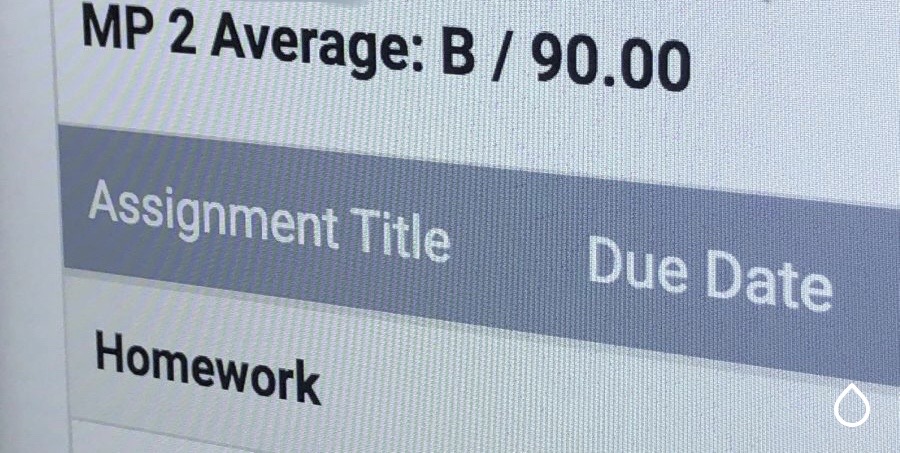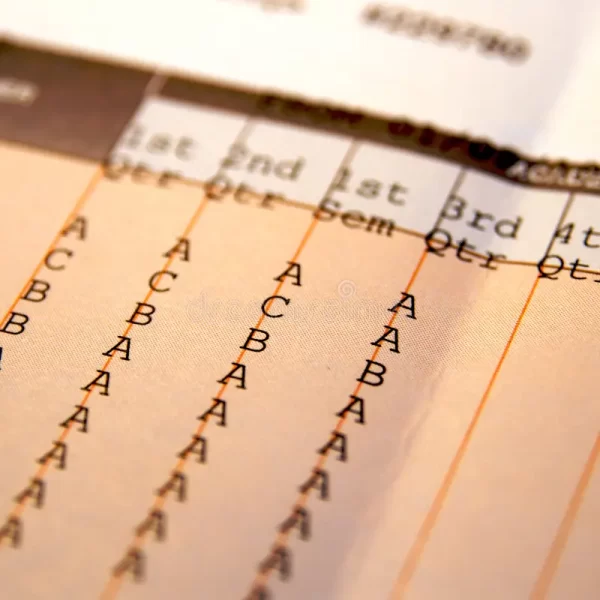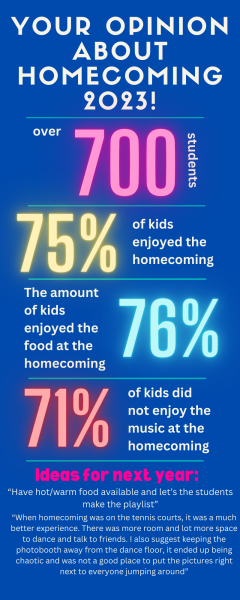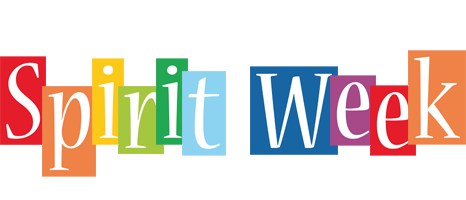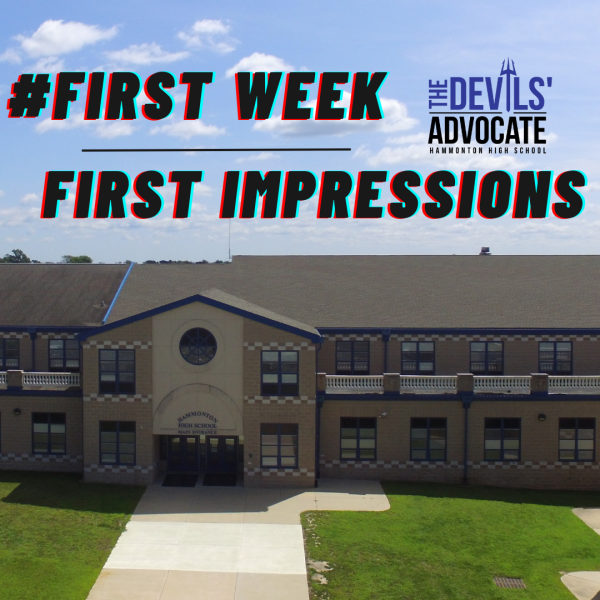Op-Ed: Current grading scale makes us look bad
In Hammonton High School, a 90 average is a B, not an A.
Senior Carson Lee knows what he wants.
“I want to major in computer science with a minor in graphic design.”
So he enrolled in the course, AP Computer Science A, an online class offered through Virtual High School. This course teaches Java, a programming language.
“I do a lot of trial and error when doing projects,” he said. “I map it out, try again, try different methods.”
While sometimes it can be challenging, Lee doesn’t mind. Despite the difficulty of the course, taking it online gives Lee a better sense of how he’s doing compared to peers at other schools, which is not the case for any other course offered at Hammonton High School.
Why?
VHS classes assign each letter grade 10 points, not seven. So, that means that 90-100 is an A, 80-90 is a B, and so on.
For some, the appeal of VHS classes goes beyond interest in the subject or preparation for a future career. Those seeking to advance their GPA are motivated by another factor: the VHS program follows a 10-point grading scale, meaning that an A is 90 and above, a B is 80-90, and so on.
“I appreciate the universality of a 90-100 grading scale. I’ve had teachers in the past at the school who used this scale because they also taught college classes,” Lee said. “That scale doesn’t make people think, ‘Oh, I can relax.’ It just means that you’ve mastered 90% of the work, just like students at other schools who are getting that grade for doing the same thing.”
At the top of his class, Lee knows the hinderance classes with 7-point scales can become compared to those with 10-point scales.
“To colleges, someone whose gotten 98’s has the same exact GPA as someone else whose gotten 93’s: a 4.0. If the person who has theoretically tried harder and consistently earned better numerical grades gets a high B on their final, but the other maintains their 93, the numerically superior student gets punished.”
He’s right. The current policy puts Hammonton students at a disadvantage when compared to their local peers who attend school systems with more generous letter grade systems.
Therefore, the Hammonton Board of Education should change to a 10-point grading scale so that reported grades accurately reflect both the student’s work ethic and achievement for college admissions.
This scale is not uncommon. In fact, a lot of large and highly competitive school districts in New Jersey prefer using a 10 point scale. For example, school districts such as Lenape, Cherry Hill, and Egg Harbor Township adhere to a 10 point grading scale. According to USNews.com, on average, students at Lenape High School earned a scorecard report of 70.48; Egg Harbor Township’s score is 75.49, Cherry Hill High School’s (East) is 90.77, Cherry Hill High School’s (West) is 30.72, and Hammonton High School’s score is 68.58.
While numerous factors are taken into account when assessing a school’s rank, it cannot be ignored that numerical and alphabetical grading systems are major determinants of their success.
According to NacacNet.com, “Grades in high school have been among the top decision factors for first-time freshmen for decades. Eighty-one percent of colleges rated grades in all courses as considerably important, and 71 percent rated grades in college prep courses as considerably important”
All of this begs the question: does the 7-point scale hinder the success of Hammonton students applying to college? The data seems to suggest so.
The current policy puts Hammonton students at a disadvantage when compared to peers who attend school systems with more generous letter grade systems.
Therefore, the Hammonton Board of Education should change to a 10-point grading scale so that reported grades accurately reflect both the student’s work ethic and achievement for college admissions.
If colleges prioritize applicant’s grades above their SAT score, club involvement, and other factors, shouldn’t Hammonton school district centralize it’s grading scale to fit a more accurate national numerical representation? If colleges see merely alphabetical grades, shouldn’t Hammonton school district equalize and maximize it’s pupils’ academic potential before being hurled the independent, busy, and chaotic life of a college student?
The answer is yes.

